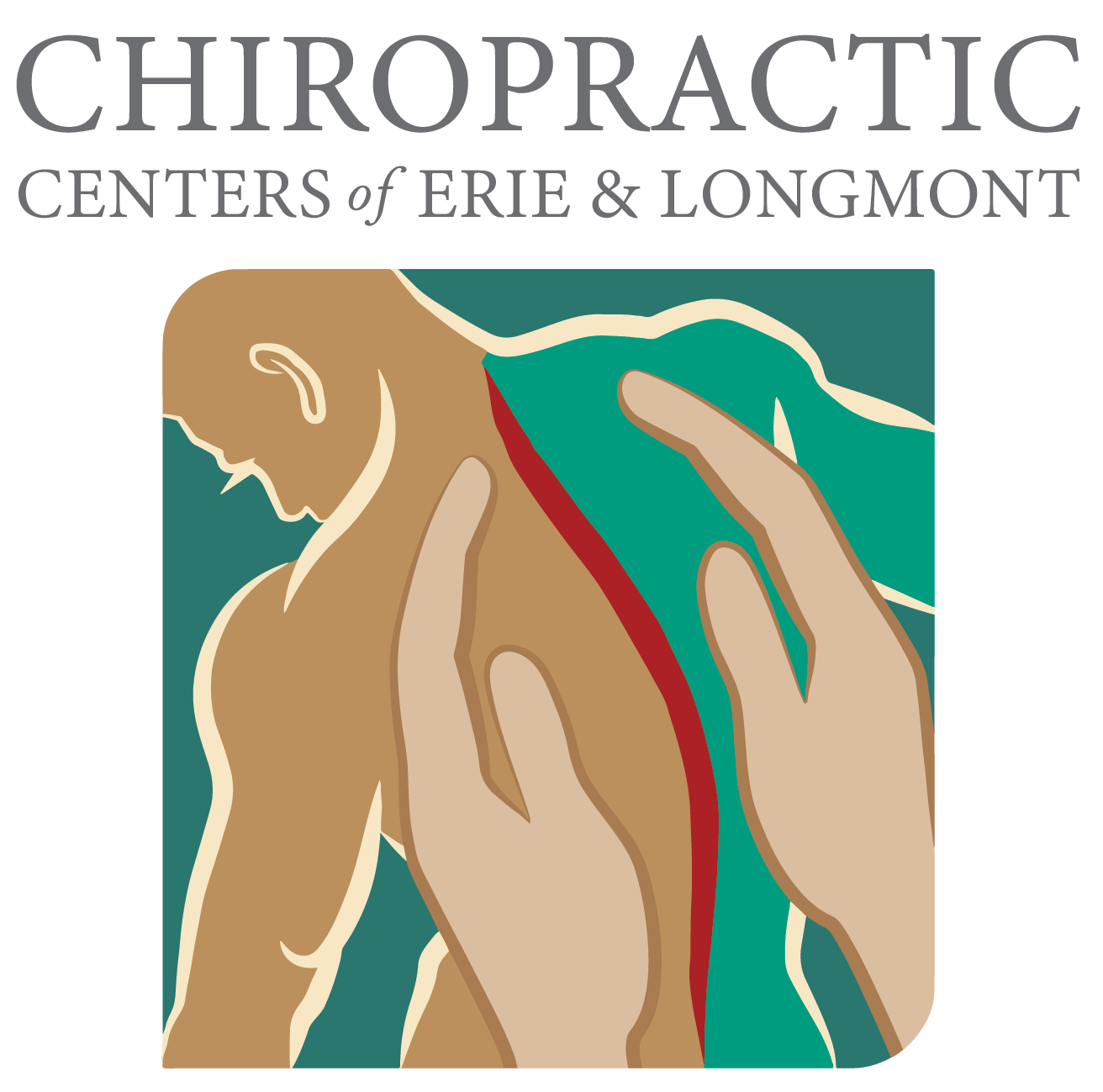The Benefits of Chiropractic Care for Carpal Tunnel: Natural Relief and Treatment
The burn of Carpal Tunnel Syndrome permeating along your forearm and ending with that numb, tingling sensation in your thumb and fingers has grown all too familiar. You desperately seek solace, but what if we told you there’s a natural remedy to bring relief to your hands of discomfort? Delve into the unexplored realms of chiropractic care and its proven benefits for Carpal Tunnel Syndrome. Alleviate pain, restore function, and regain control over your life – without surgical intervention or medication. Welcome to the world where healing is inherent – the chiropractic way!
Chiropractic care can provide a variety of benefits for those suffering from carpal tunnel syndrome, including non-invasive and drug-free pain relief, improved mobility and range of motion, and education on proper ergonomics to prevent worsening of symptoms. Chiropractors use a variety of techniques, such as spinal adjustments and soft tissue therapies, to improve joint function and reduce inflammation in the affected areas. If you are experiencing symptoms of carpal tunnel syndrome, it may be worth seeking out a skilled chiropractor who can help alleviate your pain and improve your quality of life.
Understanding Carpal Tunnel Syndrome
Carpal tunnel syndrome (CTS) is a condition that affects millions of people worldwide, causing pain and discomfort in the hand and wrist. To understand CTS, we need to delve into the anatomy of the hand. The carpal tunnel itself is a narrow passageway located on the palm side of the wrist, formed by bones and ligaments. Within this confined area, tendons and the median nerve pass through, allowing movement and sensation in the fingers and hand.
When certain factors come into play, such as inflammation or swelling within the carpal tunnel, pressure can be exerted on the median nerve. This compression leads to various symptoms that characterize carpal tunnel syndrome. It’s essential to understand that CTS is not an acute injury but rather a result of long-term stress on the wrist.
Now that we have a basic understanding of CTS, let’s explore some common symptoms and causes associated with this condition.
Common Symptoms and Causes
The symptoms of carpal tunnel syndrome often start gradually and worsen over time if left untreated. They typically include a pins-and-needles sensation (paresthesia), numbness, and weakness in the affected hand or fingers. For example, individuals may experience difficulty grasping small objects or dropping things more frequently due to weakened grip strength caused by CTS.
Several factors contribute to the development of carpal tunnel syndrome. While it’s important to note that these factors may increase the risk but not necessarily guarantee the condition, they play a significant role in its onset.
One of the primary causes is repetitive hand and wrist movements, such as typing or assembly line work. These actions put continuous stress on the tendons and nerves within the carpal tunnel. Imagine John, a carpenter who spends his days using power tools that vibrate heavily. The combination of repetitive motions and vibrations leads to swelling and inflammation in his wrist, eventually leading to carpal tunnel syndrome.
Other factors that may contribute to the development of CTS include misalignment of one of the 8 bones in the wrist narrowing of the passageway for the median nerve, a family history of the condition, certain health conditions like arthritis or diabetes, hormonal changes during pregnancy or menopause, wrist injuries, and even dialysis procedures. It’s important to keep in mind that each individual’s experience with carpal tunnel syndrome may vary based on their unique circumstances.
Now that we’ve discussed the basics of carpal tunnel syndrome and its common symptoms and causes, let’s explore how chiropractic treatment can provide natural relief and serve as an effective form of treatment for this condition.
- Carpal tunnel syndrome is a condition that causes numbness, weakness, and difficulty in grip strength in the affected hand or fingers. Repetitive hand movements and vibrations, as well as certain health conditions and injuries, increase the risk of developing CTS. Chiropractic treatment can offer natural relief and be an effective form of treatment for this condition.
Exploring Chiropractic Treatment for Carpal Tunnel
Carpal tunnel syndrome (CTS) is a condition caused by the compression of the median nerve in the wrist. It can result in pain, tingling, numbness, or weakness in the hand, wrist, and fingers. Seeking proper treatment is crucial to alleviate symptoms and prevent permanent damage. One effective and natural approach to consider is chiropractic treatment.
Chiropractors are trained professionals who specialize in treating musculoskeletal conditions through non-invasive techniques. When it comes to CTS, chiropractic care focuses on addressing the underlying causes rather than just masking the symptoms. By performing a comprehensive evaluation of the affected area and taking into account the entire body’s alignment, chiropractors aim to restore balance and promote optimal functioning.
Chiropractic treatment offers various techniques to provide relief for carpal tunnel syndrome. One common technique used by chiropractors is wrist manipulation or mobilization. This involves gentle adjustments of the bones, tendons, and ligaments in the wrist to improve movement and reduce pressure on the median nerve. By realigning these structures, chiropractors can help restore proper function and alleviate symptoms.
In addition to wrist manipulation, chiropractors may also utilize spinal manipulation to address any misalignments in the cervical vertebrae that may contribute to CTS symptoms. The neck and upper back play a role in nerve function in the arm, all the way to the fingers, and overall posture, so correcting alignment issues in these areas can relieve pressure on nerves and improve overall wrist health.
Now that we have explored the fundamentals of chiropractic treatment for carpal tunnel syndrome, let’s take a closer look at the different techniques used and their success rates.
Techniques and Success Rates
Chiropractic care for carpal tunnel syndrome employs a combination of techniques to optimize outcomes. These techniques may vary depending on the individual’s specific needs and the chiropractor’s approach. Here are some commonly used techniques and their potential benefits:
- Wrist Manipulation: As mentioned earlier, wrist manipulation involves gently adjusting the bones, tendons, and ligaments in the wrist to improve movement and reduce pressure on the median nerve. This technique aims to enhance mobility and restore proper function to the affected area.
- Ultrasound Therapy: Chiropractors may utilize ultrasound therapy to provide deep heat to the tissues in the wrists. The heat generated by ultrasound can help alleviate pain, reduce inflammation, and promote healing in damaged tissues.
- Massage Therapy: Massage therapy focuses on relaxing tight muscles, reducing tension, and improving circulation in the wrists and surrounding areas. By targeting specific muscles and soft tissues, massage can help relieve pain, decrease inflammation, and improve overall wrist function.
- Taping or Bracing: To support the wrist and prevent accidental bending or stressing, chiropractors may recommend taping or bracing techniques. These provide added stability to the joint while allowing for normal movement.
- Exercise Programs: Chiropractors often prescribe customized exercise programs that include targeted wrist exercises and neck exercises. These exercises aim to stretch muscles, decrease pressure on the median nerve, improve the range of motion, strengthen supporting muscles, and promote better posture.
The success rates of chiropractic treatment for carpal tunnel syndrome can vary from person to person depending on factors such as the severity of symptoms, adherence to treatment plans, and individual response to care. However, many individuals have reported significant improvements in their symptoms and overall quality of life through chiropractic interventions.
By combining these techniques with proper ergonomic modifications and lifestyle changes, chiropractic care can be an effective option for managing carpal tunnel syndrome symptoms and preventing further progression of the condition.
Choosing the Right Chiropractor for CTS
When seeking chiropractic care for carpal tunnel syndrome (CTS), it is crucial to choose a chiropractor who specializes in treating this condition. Not all chiropractors have the same expertise or experience when it comes to CTS. Imagine you have been experiencing pain and numbness in your hand, and you decide to seek help from a chiropractor. It is essential to find a practitioner who understands the complex nature of CTS, its causes, and the most effective treatment methods.
One way to ensure you are choosing the right chiropractor is by conducting thorough research. Look for professionals who have extensive knowledge and experience in treating carpal tunnel syndrome specifically. Consider reading their patient reviews and testimonials to gauge their success in helping individuals with similar conditions. You can also consult with your primary care physician or ask for recommendations from friends or family members who may have sought chiropractic treatment for CTS before.
However, finding the right chiropractor goes beyond qualifications alone. It is equally vital to feel comfortable and confident in their care. Schedule a consultation or an initial appointment with potential chiropractors to assess their approach, communication style, and overall compatibility with your treatment goals. Think of this process as interviewing potential candidates for a job – you want someone who not only has the necessary skills but also aligns with your needs and preferences.
Ultimately, choosing the right chiropractor for CTS involves finding someone who possesses the expertise, experience, and personalized approach that resonates with you. Take your time to find a professional whom you trust and feel at ease with throughout your treatment journey.
Long-Term Management of Carpal Tunnel Through Chiropractic Care
While short-term relief from carpal tunnel syndrome (CTS) symptoms is essential, long-term management plays a vital role in ensuring lasting improvement and preventing further complications. Chiropractic care offers a comprehensive approach to managing CTS that goes beyond addressing the immediate symptoms.
A chiropractor specializing in CTS can provide personalized treatment plans focused on improving strength, and stability, reducing inflammation, and enhancing overall wrist health. These treatment plans may include a combination of chiropractic adjustments, therapeutic exercises, ergonomic recommendations, lifestyle modifications, and patient education.
Chiropractic adjustments for CTS aim to restore proper alignment within the wrist and upper extremities, relieving pressure on the median nerve. By targeting the root cause of the issue rather than just alleviating symptoms, chiropractic care can provide sustained relief and improved function over time. Additionally, chiropractors may use other techniques such as soft tissue therapy or trigger point release to address muscle tension and promote healing.
In conjunction with adjustments and hands-on therapies, chiropractors can guide patients through specific exercises that help strengthen the muscles surrounding the wrist joint. These exercises not only enhance stability but also promote flexibility and range of motion. For instance, a chiropractor might recommend stretches for the forearm muscles or provide instructions on how to perform strengthening exercises utilizing resistance bands.
Ergonomic recommendations are another essential aspect of long-term management for CTS. Chiropractors can educate patients about proper posture, workstation setup, and ergonomically designed tools that minimize stress on the wrists during daily activities. Implementing these recommendations can significantly reduce the risk of aggravating CTS symptoms and aid in long-term recovery.
By adopting a proactive and holistic approach to carpal tunnel syndrome through regular chiropractic care, individuals can experience improved quality of life with reduced pain levels, increased range of motion, and enhanced wrist functionality.
Contact a Chiropractor Today!
If you’re interested in getting a chiropractic adjustment or working to relieve your carpal tunnel then visit us at one of our offices in Erie or Longmont. The Chiropractic Center of Erie and Chiropractic Center of Longmont treat the body holistically with our award-winning treatment process which can include Dry Needling when requested. Please consider our complete plan that not only treats the misalignments but pays attention to the nerves and muscles to promote your correction, stabilization, and best life ahead. If you have been to multiple chiropractors, you happen to be our favorites because you will know how our care stands apart. We have been voted “Best of the West” eleven times and we aim to help your body achieve and maintain optimal performance.
We specialize in treating patients suffering from spinal pain and many other maladies and have helped several patients find relief without the need for surgery. If you’d like to learn more about chiropractic care in Longmont or Erie or have questions about what to expect during your first chiropractor visit in Erie or Longmont, call our offices today at 303-828-3000 or 303-772-1950!







